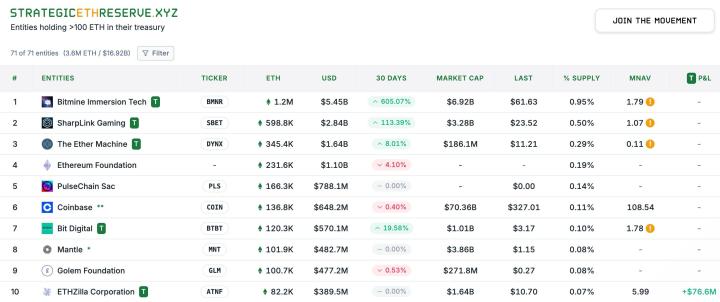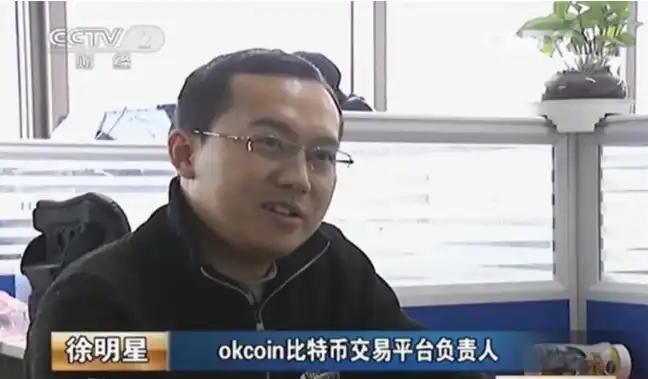Author: Sylvain Saurel
Translated by: Shaw, Jinse Finance
In the era of globalization shaping corporate competitiveness, a striking paradox persists: Cross-border payments, the lifeline of global trade, remain the slowest, most expensive, and least transparent segment of the financial system. Infrastructure dating back to the 20th century, represented by the SWIFT network of the Society for Worldwide Interbank Financial Telecommunication, struggles to meet 21st-century demands for flexibility, transparency, and sovereignty. Processing times often span several days, fees accumulate with each intermediary, and the flow of funds remains a mystery to corporate financial managers.
Meanwhile, a silent revolution is quietly unfolding, driven by the most unassuming yet most useful crypto asset: stablecoins. Unlike other volatile digital currencies, these tokens backed by traditional currencies like the US dollar or euro are already serving as massive monetary channels. The related data is shocking. In 2024, transactions settled via stablecoins reached a staggering $24 trillion. Even more notable is that $7.6 trillion of this total was used for actual payments - a figure five times the annual processing volume of giants like PayPal.
This trend is no longer a weak signal. Strategic moves like payment giant Stripe's acquisition of startup Bridge confirm the acceleration towards more modern, faster infrastructure with less reliance on traditional banking channels. Facing this phenomenon, a pragmatic and powerful technological alternative is emerging: the "Stablecoin Sandwich". This is far from a mere innovative attempt, but a fundamental architectural transformation that could redefine the rules of international payments.
To understand the scope of this innovation, we must first assess the limitations of the existing system. Created in the 1970s, SWIFT is not a payment system, but a secure message transmission service, allowing over 11,000 financial institutions to exchange transfer instructions. The actual fund transfer relies on a complex "correspondent banking" network.
Suppose a company in Paris needs to pay a supplier in Sao Paulo in Brazilian reals. Its French bank might not have a direct account with the Brazilian supplier's bank. Thus, the transaction typically passes through one or more intermediary banks, often large international banks headquartered in New York or London. Each intermediary bank checks the transaction, deducts fees, performs currency exchange (usually at unfavorable rates), and then passes the instruction to the next link in the chain. This layered process explains the two to five working day delay, accumulated costs (transfer fees, correspondent bank fees, exchange rate differences), and lack of traceability. For companies, this means loss of time, money, and control over cash flow.
The "Stablecoin Sandwich" concept proposes bypassing these intermediary steps through an extremely simple three-step architecture.
First Layer (Local Conversion): The paying company doesn't change its habits. It pays in local currency (e.g., euros). A professional payment service provider immediately converts these euros into a liquid stablecoin, such as USDC (backed by US dollars) or EURC (backed by euros). This conversion occurs on a highly liquid platform, ensuring the best exchange rate.
Middle Layer (Blockchain Transfer): The stablecoin amount is then transferred through a public chain (such as Ethereum, Solana, or TRON) to the digital wallet of the supplier in the target country/region. This transfer is the system's core: it is almost instantaneous (taking only seconds to minutes), secured by cryptography, and with extremely low and predictable fees regardless of the transfer amount.
Final Layer (Local Conversion): Upon arrival at the destination, the supplier immediately converts the stablecoin into the local currency, such as Brazilian reals. Again, the transaction occurs in a highly liquid local market. The funds are then transferred to the supplier's traditional bank account.
The recipient does not need to interact with cryptocurrency to receive the expected local currency amount. The issuing company simply makes a local payment. This "sandwich" structure absorbs all the complexities of cross-border transfers. This approach offers significant strategic advantages: it allows companies to pay recipients on the blockchain without directly adopting cryptocurrency internally. It is a simple and gradual way to expand payment channels without changing currency or disrupting accounting and financial structures.
For CFOs and financial managers, the advantages of this model are direct and measurable.
First is speed. Reducing delays from days to minutes is transformative.
For companies importing critical components, near-instant payment to suppliers in Asia or Latin America ensures smooth delivery and prevents production chain interruptions. For small and medium enterprises with typically tight cash flow, receiving payment within minutes instead of waiting a week can significantly improve working capital and financial transparency.
Second is economic efficiency. Disintermediation directly impacts costs. By eliminating correspondent bank fees and obtaining more competitive exchange rates at both ends of the transaction chain, companies can save substantial amounts, reducing fees by approximately 1% to 3% on certain payment channels. For annual fund flows of millions of dollars, these gains are strategically significant. Moreover, transparency is crucial: fee information can be known in advance, avoiding unpleasant surprises.
Third is scalability and inclusivity. The "Stablecoin Sandwich" model is particularly suitable for companies operating in regions with inadequate or poor major correspondent bank services, especially in Africa, Southeast Asia, and Latin America. It enables businesses to reach suppliers or customers in countries with weak banking infrastructure or extreme currency volatility. By using US dollars (via stablecoins) as a transfer tool, companies can avoid external currency fluctuations during fund transfers.
From a geopolitical perspective, this payment revolution is not neutral. The emergence of stablecoins has not threatened the dollar's dominance but has greatly consolidated it. One thing is clear: the most liquid and widely used stablecoins (USDT, USDC) are backed by the US dollar. Whether between Singapore and Mexico or between Nigeria and Turkey, every transaction using these assets is effectively denominated in US dollars.
This phenomenon grants the United States a decisive advantage. While other economic powers (such as Europe) are theorizing and experimenting with the digital euro with slow progress, the US private sector has already built and deployed a private infrastructure for digital dollars globally. These fast and efficient new financial channels extend the dollar's influence beyond traditional banking channels.
Stablecoins are not tools for circumventing US power but are becoming carriers of its hegemony. They anchor the dollar more firmly at the core of the global digital economy, making it an indispensable currency for blockchain transactions. This "dollarization" of the new financial circuit provides Washington with indirect but significant influence, as the primary stablecoin issuers are centralized entities regulated by the US. Although the stablecoin revolution appears decentralized, it will likely consolidate the dollar's position as a key pillar of the global financial system in the coming decades.
Beyond technological innovation and its geopolitical impact, this is about monetary strategy and resilience. By breaking free from the constraints of almost complete dependence on traditional banking networks, stablecoin payments offer unprecedented operational flexibility. Businesses are no longer bound by bank operating hours, public holidays, or decisions made by intermediaries in different time zones.
In a context of increasing geopolitical and financial fragmentation, access to certain payment networks can be used as a pressure tool. Therefore, diversifying payment channels has become crucial to maintaining economic sovereignty. The "stablecoin sandwich" is emerging as a powerful monetary engineering lever, based on stable and highly liquid digital assets, aimed at building more resilient, less centralized, and less vulnerable payment flows.
While public institutions (such as the EU, which has established the MiCA crypto asset market regulation) are working on regulating asset tokenization, and central banks are cautiously exploring central bank digital currencies (CBDC), businesses have already taken action. They can no longer wait five to ten years for these projects to materialize. By adopting the "stablecoin sandwich" model, they are addressing the immediate need for liquidity, speed, and control in international payments. This is not a sudden rupture, but a natural evolution driven by the pursuit of operational performance. The replacement of SWIFT may not be a major event, but a gradual transition led by enterprises that are already building the future of finance on the ground.








